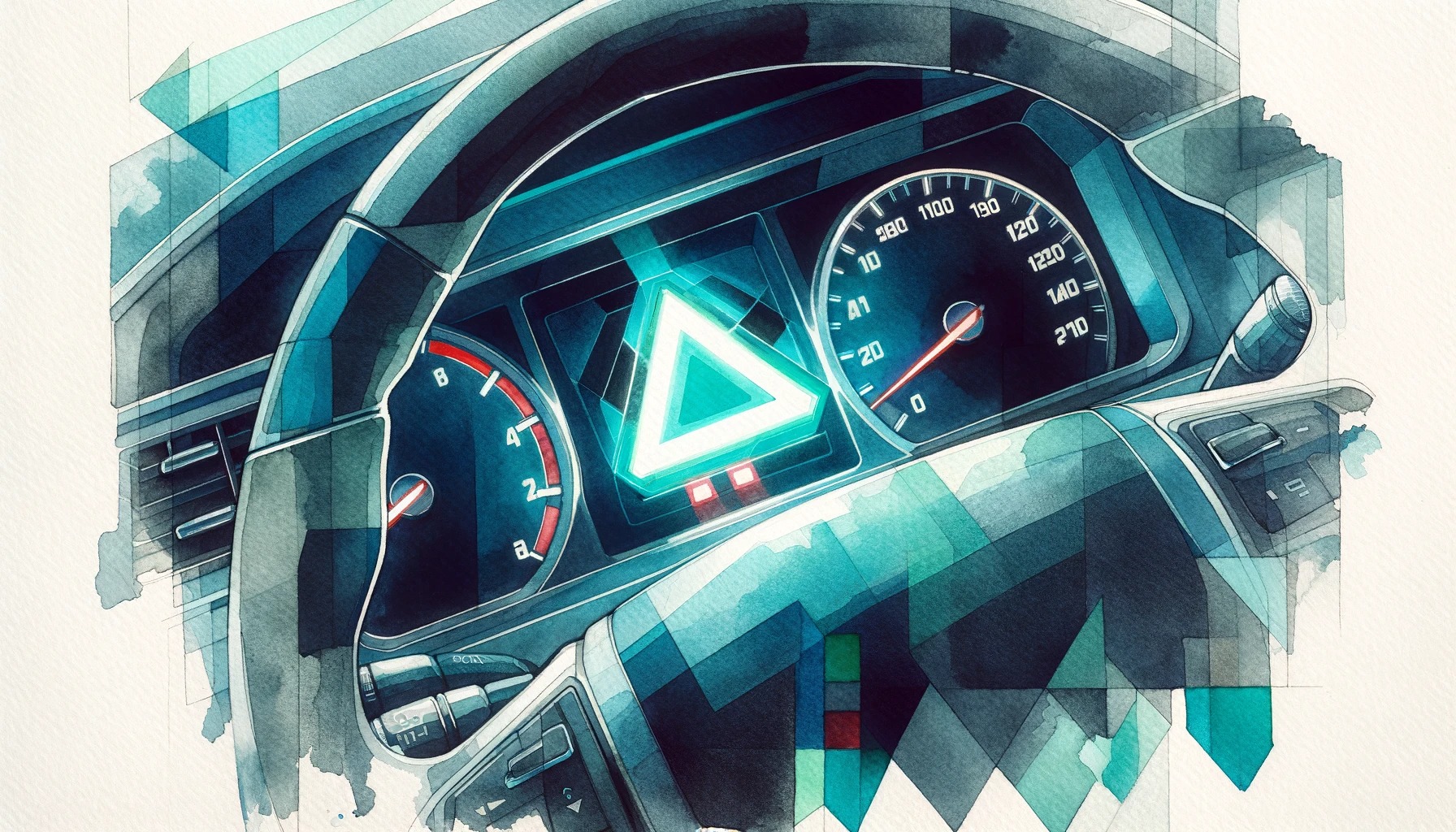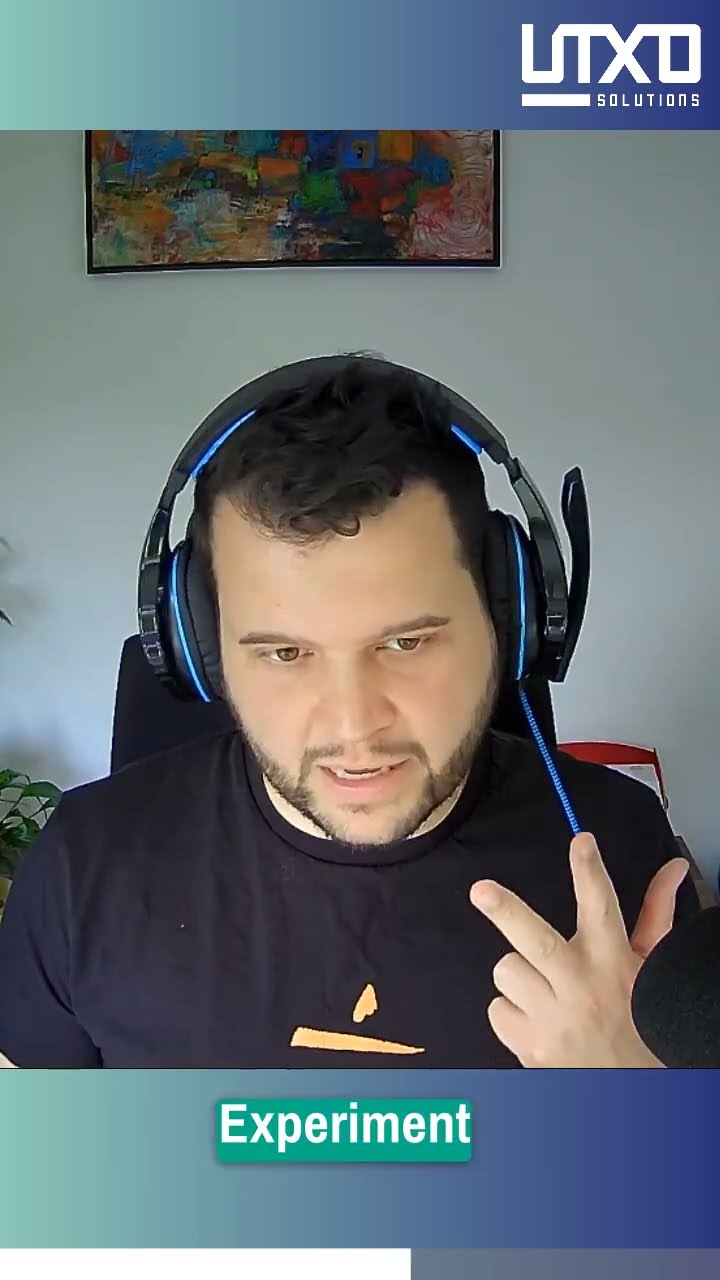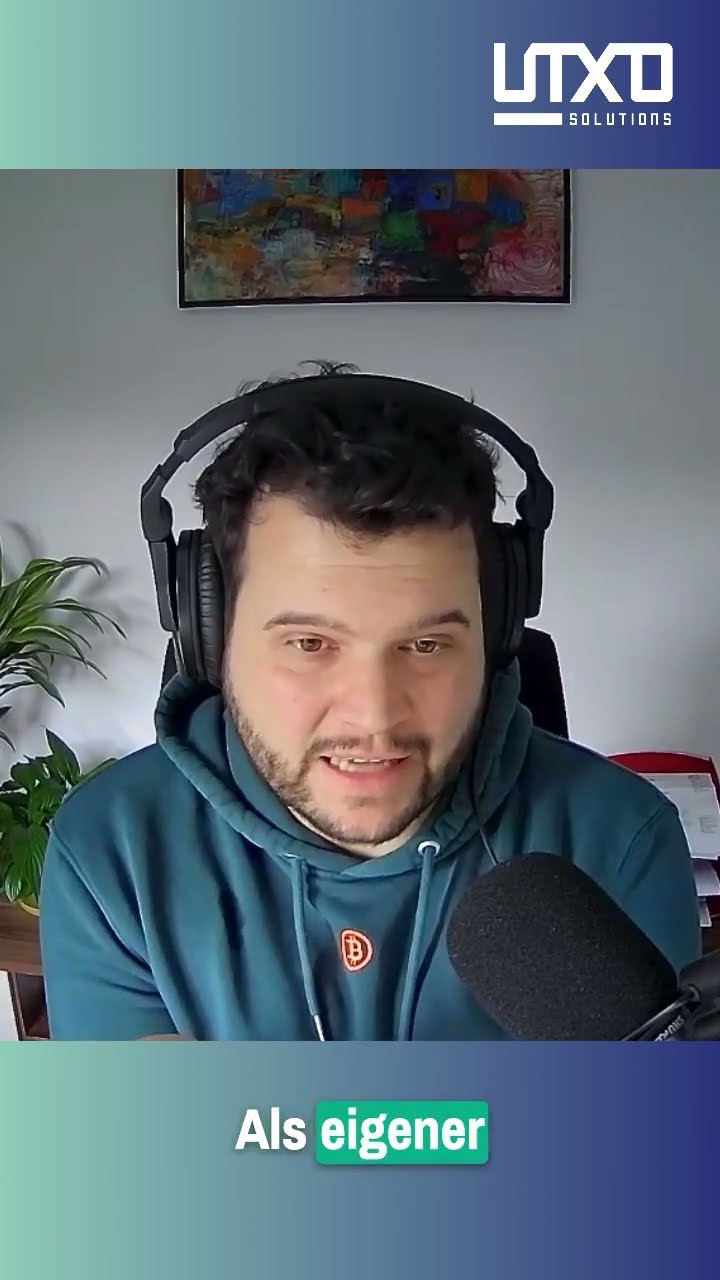
How to get your customers attention?
Do you know the feeling of having a really great product, but your customer just don’t notice you? When you are super sure, people would buy, if they just listened, how well you can help them? How valuable your product is? But for some reason, you can’t get their attention?
This is quite a common problem and people find all kinds of excuses. It’s the social media algorithm. People just don’t care for good products these days. And so on. But that’s usually not the case. So let’s look at how you truly can get your customers attention. What really makes them click and tick.
Before you can sell your amazing product, you have to get your customers trust. And before that, you have to get their attention. They need to listen to you. Before you can tell them, how amazing your product is, they need to want to know. And no one cares for you, unless they know, that you care for them.
From attention to loyalty
To understand, how to gain their attention, we need to understand the customers life-cycle. It is a cycle with multiple steps. And each step brings the customer closer. Not only to buying the product. But to make progress with the product. To become a happy customer. One, who will recommend us to others. Which makes future sales that much easier.
We divide the customer life-cycle in five phases:
- Passive looking
- Active looking
- Decision making
- First use
- Ongoing use
In every phase, we have a different goal:
- Get their attention
- Let them verify, that we have the right solution for them
- Give them access to the solution (aka let them buy)
- Enable progress (aka deliver value)
- Create loyalty
The customer has different desires. We need to adopt our language to what they need. And here is, where most companies fail.
Talking about your product to get attention
The very first phase is passive looking. This means, that our customer doesn’t want to buy anything. He isn’t even actively looking for a solution. He is living his day to day life. Just minding his own business. In this phase, he became aware of a problem he has. But it did not bother him enough, to go for a solution. Yet.
Imagine you are sitting in your car. Suddenly, you hear a “bling” noise and a red signal pops up in your display. The “check engine light” appears. Think about this for a moment. The check engine light only says: There might be something wrong with your motor.
It doesn’t say: “Get your motor checked.” Nor does it say: “Check your motor now. Cars with a regular checkup last 50% longer on average. If you go to a checkup within the next 24 hours, you will get a discount of 10%. Motor checkups help you preserve the safety of your car and family while driving.” There is no promise of benefits. No feature sale. Just a small noise directing your attention.
This is how you get your customers attention. By talking about their problem. And only about the problem. Not the solution. Not the amazing features your product has. Just a small ping. A check if you will. “Do you have this problem?”
What’s on your customers mind?
What do you think will happen in your customers mind? When he sees someone naming a problem he has? When it is articulated in the way he feels? When he feels understood and heard? Exactly. You get his attention. If only for a short moment. We humans care about our problems. And if something relates to our problem, it deserves a moment of attention. And this is the moment, he or she clicks.
Your customer wont buy now. He won’t even think about your solution. Or any solution at all. There is a whole process of creating trust. Of enabling him to check, whether he considers your solution to be a good fit. And this could take some time as well. Some things to happen in your customers life. But he may remember you, when he enters phase two and starts to actively look for a solution. Attention gives you a seat at the table. It is the option to be selected. Nothing more. But without it, you can’t get to the next phase.
The trick is in knowing, what your customers problems are. And how to find the ones, that are relevant for the first phase. And for that, you will have to listen to your customers first. Or to use the words of Suzume: We listen, so we may get heard.







